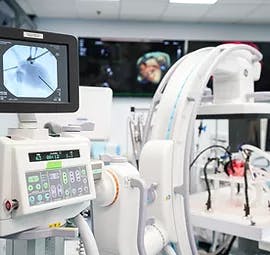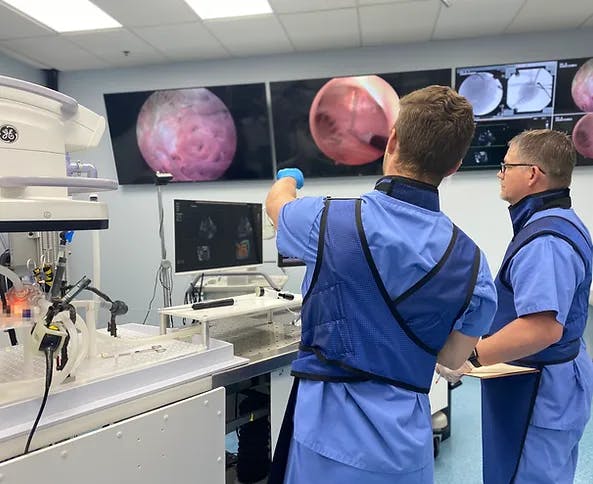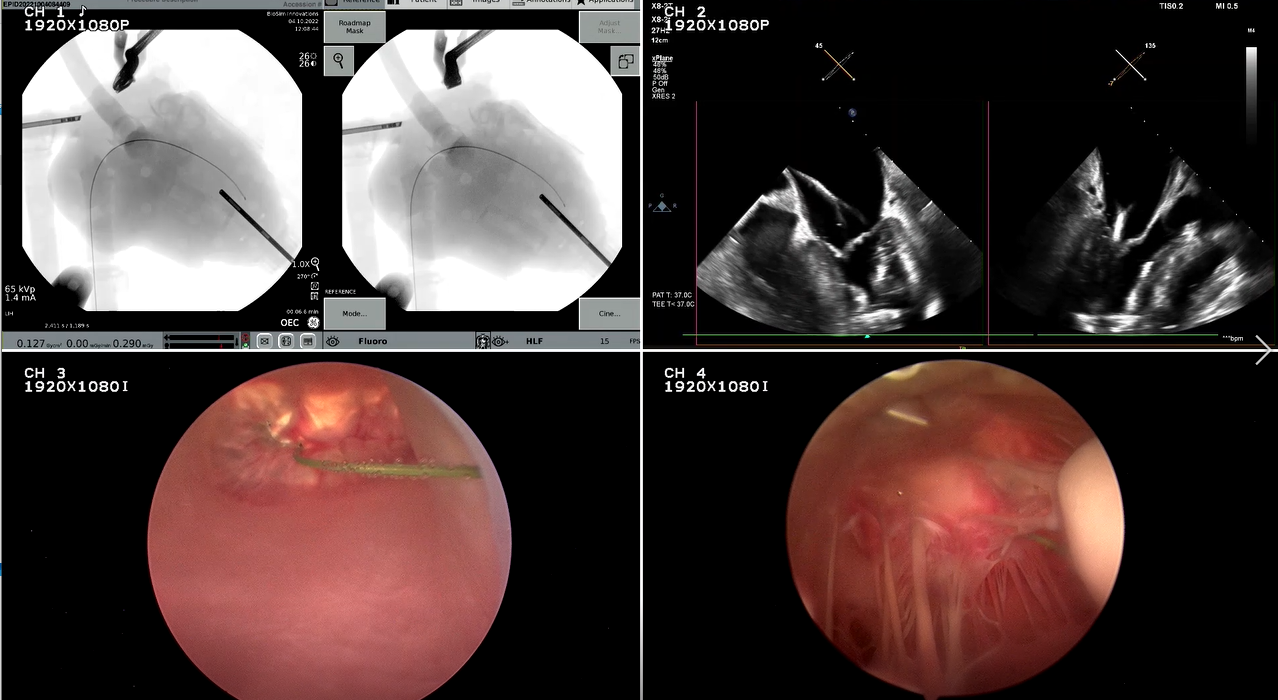Design Your Study
BioSim creates models for every stage of the product development lifecycle.

Explore Our Wheel of Services
Work with our study design team to synergistically plan a preclinical campaign.

Explore Our Lab
Check out our state-of-the-art cath lab and view details about available technologies.

